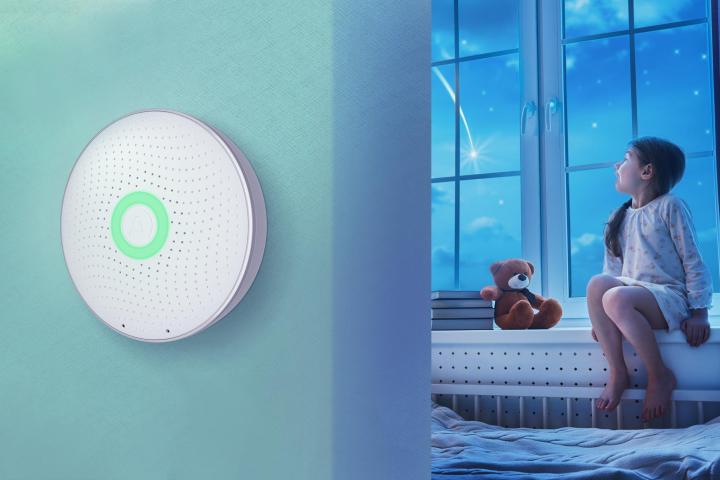
With the Wave, however, you don’t have to live in fear. Rather, by maintaining visibility into your indoor radon levels, you’ll be able to keep an eye on the potentially dangerous agent.
According to Airthings, radon exposure is responsible for the deaths of around 21,000 Americans every year, a figure that is six times larger than deaths attributed to house fires and carbon monoxide poisoning combined. The gas, which doesn’t necessarily receive quite as much airtime as carbon monoxide, is in fact present in every home, and its concentration is contingent on a range of factors including climate, ventilation levels, and time of year.
Currently, in order to test for radon, most residents use charcoal canisters, which are only accurate for short-term measurements, and must be sent to a lab for examination. But as radon levels can change over time, this isn’t the most effective or efficient method. Enter Airthings Wave, a smart home device that promises to “fundamentally changes the way radon is measured by using digital sensors and smart home technology.”
By combining detection of real-time radon levels with long-term measurement capabilities, Airthings believes that its device can help maintain the health and wellness of its owners.
“Every home should have a radon detector, and it’s our mission at Airthings to make that happen,” said Oyvind Birkenes, Airthings’ CEO. “We’re seeing increased attention to radon exposure thanks to initiatives from the EPA and legislation at the state level. These are encouraging developments and pave the way for Wave’s progressive technology to provide consumers with invaluable information and peace of mind that their homes are healthy for themselves and their families.”
Wave promises to be easy to use, enabling anyone at any age to tell if something is amiss. If you move in front of the device, you’ll activate a visual indicator light, referring to your home’s air quality. If all’s well, the light will be green; it turns yellow when things are somewhat amiss; and red when radon is at a dangerous level. You can also keep tabs on your home air quality in real time via the Wave app, which connects via Bluetooth and catalogs short- and long-term data for a one-year period in daily, weekly, monthly and annual increments.
Wave is now available on the Airthings website for $199.


